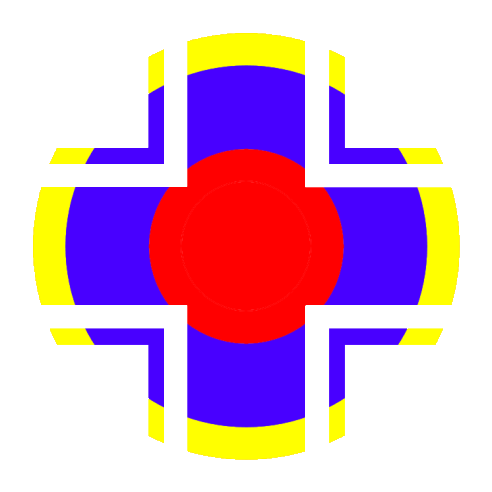History[]
The last A.W.27 built, as c/n 1822[2] this aircraft made it's first flight on 28 October 1941,[3] before being passed to BOAC at the end of the month as G-AFZV, recieving the name Enterprise[2] and camoflague paint scheme.[4]
BOAC Service[]
Fitted with two extra fuel tanks lashed to the cabin floor, containing 1,010 imperial gallons, to supplement the standard fuel load of 1,064 imperial gallons, G-AFZV left the UK on 1 February 1942, travelling via Gibralter to Bathurst in Gambia, only for the port inner engine to start running rough 200 miles short of Bathurst. Due to extensive loss of oil from this engine the pilot, BOAC Captain W. B. Houston, was forced to shut it down and feather the propeller. When the port outer engine also started to run rough, Houston was forced to make an emergency landing a mile from the coast of French West Africa,[5] near Cap Mirik and the town of Nouakchott in Mauritania.
Following the landing, all codes and secret papers on the aircraft, apart from those identifying the crew as civilians, were burnt, and the Cyko de-coding machine was smashed and buried in the sand. Examination of the aircraft revealed slight buckling of one bulkhead, and minor distortion amidships, causing the entrance door to jam, requiring force to open it. After the radio operator Informed Bathurst of the situation, the RAF dispatched a Short Sunderland of 204 Squadron, piloted by Flt Lt E. M. Ennis, to collect the crew. When the Sunderland arrived it's crew signalled vis lamp to the Ensign crew to head to the beach where, using a pair of dinghies sent from the flying boat anchored 300 yards off shore, the Ensign crew were recovered in almost complete darkness, arriving in Bathurst a few hours later without their luggage, which had to be left behind due to the heavy seas.[6]
French Service[]
Repaired by French mechanics at Nouakchott and Dakar, the aircraft searved as a hospital aircraft. Initially flown as F-AFZV, the aircraft was re-registered as F-BAHD, and received Air France titles on the nose, just aft of the cockpit windows. Air France pilots Foulachier and Melerand flew the aircraft to Vichy France, before taking it to the Centre d'Etudes en Vol du Ministere de l'Air at Marignane for flying trials and general inspection. Another pilot known to have flown the Ensign was the centre's test pilot Edward Bret who, after flying the aircraft in November 1942, stated that the type was very plesent to fly.[6]
Luftwaffe Use[]
Returned to Air France, the aircraft became the property of the Reichsluftfahrtministerium. Supposedly re-engined with Daimler-Benz engines, the aircraft was extensively test flown, before being used as a transport for seinor officers.
An RAF reconnaissance photograph, taken during the winter of 1942-1943, shows an Ensign on the ground at Toulouse-Montaudran airfield. Unfortunatly, the registration wasn't distinct enough to confirm if this aircraft was F-BAHD.[6]
